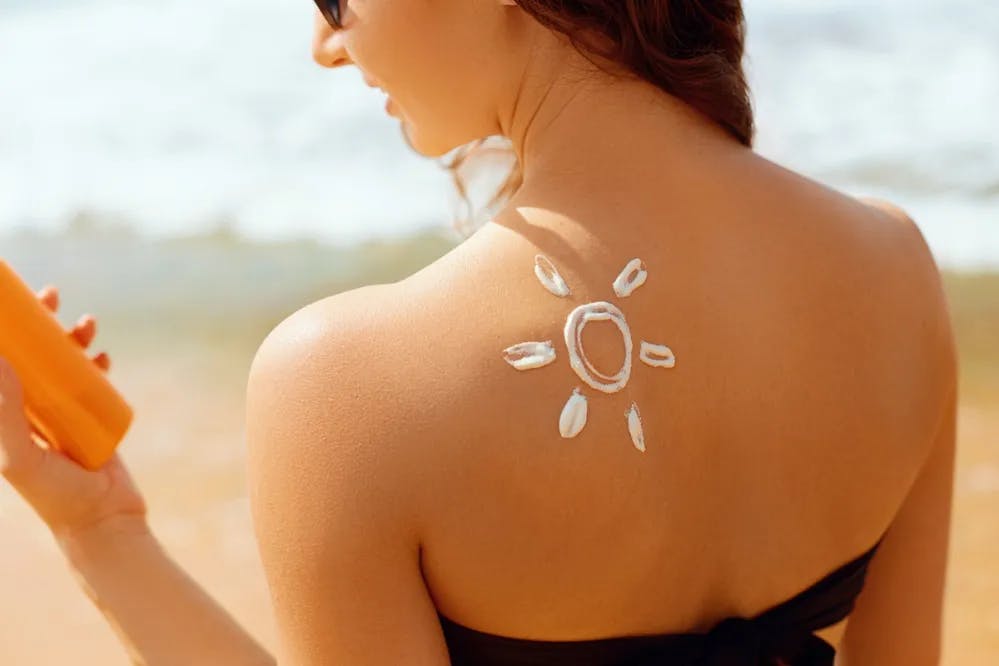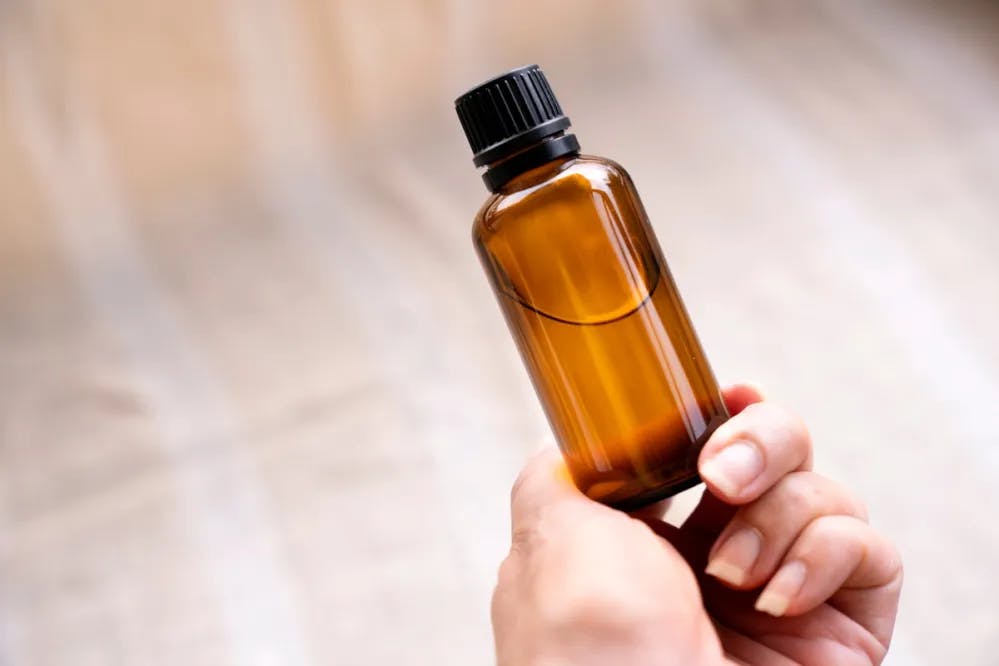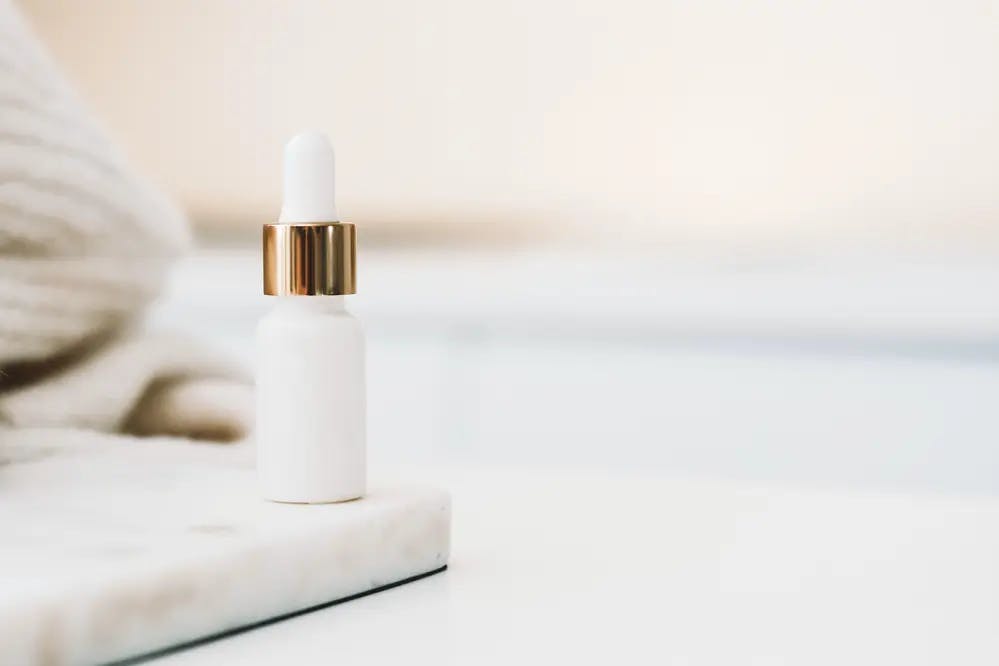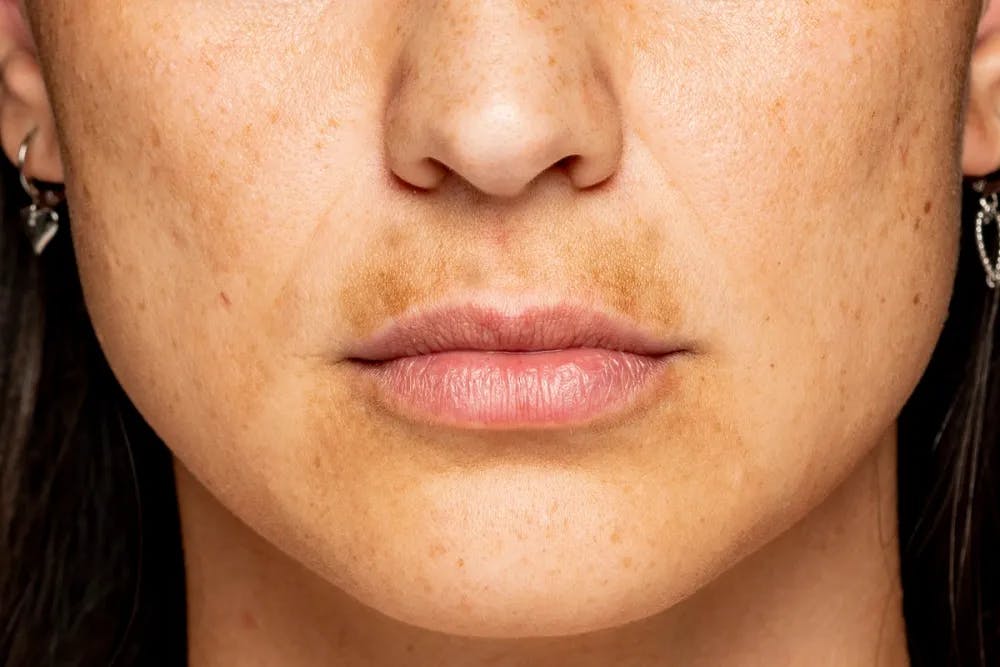What is Post Inflammatory Erythema And How Do You Treat It?
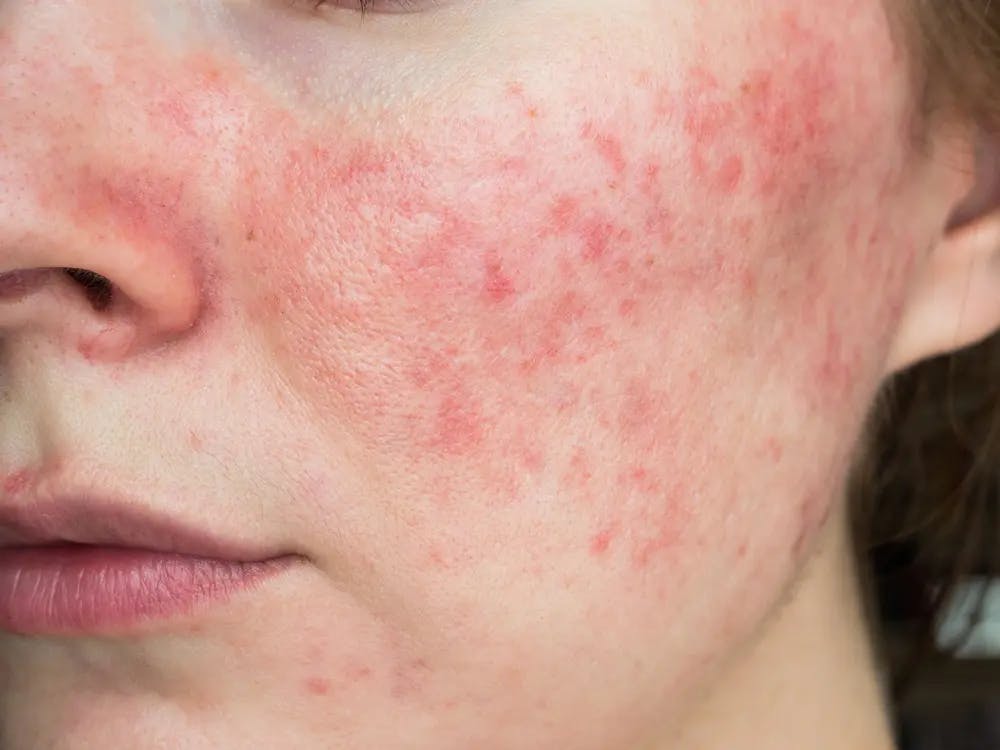
Table of Contents:
- What Is Post-Inflammatory Erythema?
- Post-Inflammatory Erythema vs. Post-Inflammatory Hyperpigmentation
- Could It Be Acne?
- The Primary Causes of Post-Inflammatory Erythema
- The Symptoms of Post-Inflammatory Erythema
- Post-Inflammatory Erythema Treatment
- Topicals Treatments
- Medical Treatments
- When to See Help for Post-Inflammatory Erythema
- Conclusion
Those stubborn patches of pink or reddish skin you might notice after, for example, an acne breakout treatment (or any inflammation) are called post-inflammatory erythema or PIE.
Although the issue tends to resolve on its own, it can take months for these marks to disappear. The good news is: You can accelerate this process using topical or medical treatments. Here’s everything you need to know about post-inflammatory erythema and how to deal with it effectively.
What Is Post-Inflammatory Erythema?
The word erythema is a dermatological term that refers to the redness of the skin's surface. Post-inflammatory erythema means redness of the skin, usually following some sort of inflammation. Typically, due to a disturbance in blood supply to the skin surface or abnormal blood circulation due to damage to blood vessels.1
Post-Inflammatory Erythema vs. Post-Inflammatory Hyperpigmentation
If you’re looking into how to treat your patches and marks, you might come across two similar terms: Post-inflammatory erythema and post-inflammatory hyperpigmentation. These have slightly different descriptions as they relate to distinct dermatological conditions.
Post-inflammatory erythema is the localized redness of skin tissues due to a lack of blood supply or lack of oxygen to the skin cells. The red or pink color appearance happens because there are undesired cell changes. Hyperpigmentation, on the other hand, is related to a higher rate of melanin production at a certain site on the skin surface.
Could It Be Acne?
Post-inflammatory erythema could be caused by acne. In other words, the marks and patches you see on your skin could be the lesions left behind by an acne treatment (or post-acne redness).
The Primary Causes of Post-Inflammatory Erythema
The superficial patches, blotches, or marks that characterize post-inflammatory erythema have several causes. For instance, they can be due to (as we mentioned) an acne treatment. But they can also be a result of dermatitis, a dermatological condition where your skin responds to abnormalities by getting irritated. Erythema may also worsen following an inflammation by external stimuli or contact with an allergen or chemical agent.
There are other factors, too. Sun exposure, hormone fluctuations, and over-exfoliation can play a role. The nascent cells that get exposed to solar radiation may not be fully mature to tolerate the higher energy radiation of the solar spectrum, heat, or weather conditions.2,3 Always wear sunscreen to prevent further inflammation from the sun.
Lastly, an accumulation of dead cells on the skin surface can disturb the blood supply to the upper skin layer cells, causing localized redness that can get more severe with time.
The Symptoms of Post-Inflammatory Erythema
The most common symptoms of post-inflammatory erythema are pink, red, or purple spots or patches. PIE can appear as solo dots or in clusters on your skin. These marks, caused by dilation, inflammation, and small capillaries impairment, are superficial.
Post-Inflammatory Erythema Treatment
Post-inflammatory erythema does go away on its own, but this process can take up to six months. There are an array of treatments you can use to help speed things up, from topical treatments with Vitamin C or Niacinamide to medical treatments that use pulse lasers and microneedling.4,5 Let’s see how these work.
Topicals Treatments
Topical treatments are a popular way of treating post-inflammatory erythema. Popular choices include:
- Topical hydrocortisone: This synthetic version of the hormone cortisol can regulate blood pressure and has anti-inflammatory properties. Although it has no effect as an acne treatment, it can still improve the appearance of its aftermath.
- Topical vitamin C: Can help with collagen formation and neutralize oxidative stress.
- Niacinamide: Some studies affirm this water-soluble form of Vitamin B3 can stabilize the skin’s barrier function.
- Vitamin B5: Vitamin B5 is a humectant and emollient with anti-inflammatory properties that can help your skin hold on to moisture and repair the skin barrier.
- Alpha or beta hydroxy acids: These promising emerging peels have shown high percentages of post-acne erythema.
- Natural polyphenols / Antioxidants: Polyphenols can help protect your skin from damage by UV radiation and treat cutaneous inflammation.
- Aloe vera: Aloe vera has vitamins A, C, and E, as well as amino acids that give this natural remedy anti-bacterial, hydrating, and anti-inflammatory properties.
- Moisturizers: By keeping your skin hydrated, you’ll be able to avoid acne and its side effect, post-inflammatory erythema. Look for moisturizers that contain ceramides, hyaluronic acid, and lactic acid.
Medical Treatments
There are two medical treatments that can help deal with the aftermath of PIE. These are:
- Laser treatments: Pulse lasers and intense pulse lasers can penetrate the skin deep enough to reach and remove the damaged blood vessels that cause PIE. This treatment can reduce discoloration and irritation.
- Microneedling: This treatment causes superficial, controlled skin injuries using a derma-roller with small needles, stimulating the skin to create new collagen-rich tissue. You will have to repeat this treatment several times to see its effects.
When to See Help for Post-Inflammatory Erythema
Although post-inflammatory erythema is not a serious medical condition, it can still make you feel uncomfortable and cause you distress. Consulting with a dermatologist can help you determine the best treatment to speed up recovery and, more importantly, make sure the condition that caused PIE in the first place is dealt with, too.
Don’t hesitate to reach out to others if you’re looking for a suitable product to try to fight against PIE. One recommendation would be The Ordinary’s AHA 30% + 2% BHA Peeling Solution for post-inflammatory erythema as it’s a strong chemical peel you can use once a week! You also look at others’ skincare routines and see what they use for pigmentation. Check it out!
Conclusion
Post-inflammatory erythema is a common dermatological condition that goes away on its own. However, there are several things you can do to help speed up healing.
Common treatments for PIE include topical products like Vitamin C, Vitamin B5, niacinamide, hydrocortisone, and polyphenols, all of which can help repair your skin and improve its appearance. Sunscreen can also help with the prevention of these marks darkening from the sun. If you’re not satisfied with these, you can also try medical treatments like lasers and microneedling, both of which can remove damaged blood vessels.
References:
- Bae-Harboe, Y. S.; Graber, E. M., Easy as PIE (Postinflammatory Erythema). The Journal of clinical and aesthetic dermatology 2013, 6 (9), 46-7.
- Ichihashi, M., M. Ueda, A. Budiyanto, T. Bito, M. Oka, M. Fukunaga, K. Tsuru, and T. Horikawa. "UV-induced skin damage." Toxicology 189, no. 1-2 (2003): 21-39.
- Kollias, N., and A. H. Baqer. "Quantitative assessment of UV-induced pigmentation and erythema." Photo-dermatology 5, no. 1 (1988): 53-60.
- Takiwaki, H.; Shirai, S.; Kohno, H.; Arase, S.; Soh, H., The degrees of UVB-induced erythema and pigmentation correlate linearly and are reduced in a parallel manner by topical anti-inflammatory agents. J. Invest. Dermatol. 1994, 103 (5), 642-646.
- Smith, W., Comparative effectiveness of α‐hydroxy acids on skin properties. Inter. J. of Cosmet. Sci 1996, 18 (2), 75-83.
